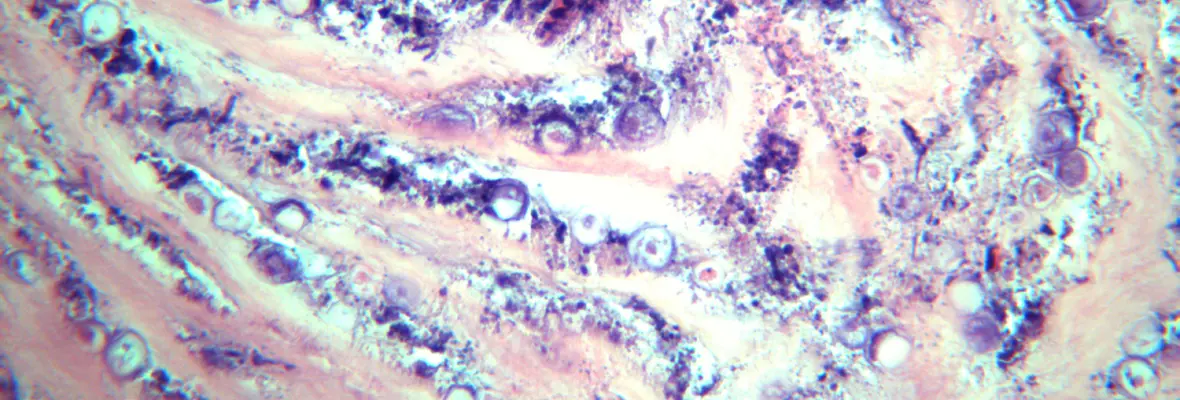HOME
UNDERSTANDING THE INTERSECTION BETWEEN WOUND HEALING AND TUMORIGENESIS
One of the long-term goals of the Lee laboratory is to understand the molecular mechanisms that underlie epithelial wound healing and tumorigenesis. The regeneration of normal tissue and the cultivation of tumors share common pathways, such as migration, proliferation, and differentiation or lack of. By studying and identifying the innate processes involved in both, this knowledge can be harnessed towards the development of therapeutic interventions for diseases affecting the ocular surface.
UNDERSTANDING OCULAR SURFACE HOMEOSTASIS AND REGENERATION
Another long-term goal of the Lee Laboratory is to examine the innate mechanisms underlying ocular surface homeostasis and regeneration, particularly the corneal epithelium and nerves. The cornea is the most highly innervated structure of the body, supplied by sensory nerves from the ophthalmic branch of the trigeminal nerve. As part of the peripheral nervous system, corneal nerves respond to multiple stimuli and release growth factors that are essential for corneal function, especially of the corneal epithelium. By studying the cellular interactions between the corneal epithelium and nerves, including their regenerative capacity during wound healing, this knowledge can inform our understanding of the pathogenesis of many pathologic conditions that lead to ocular surface dysfunction.



